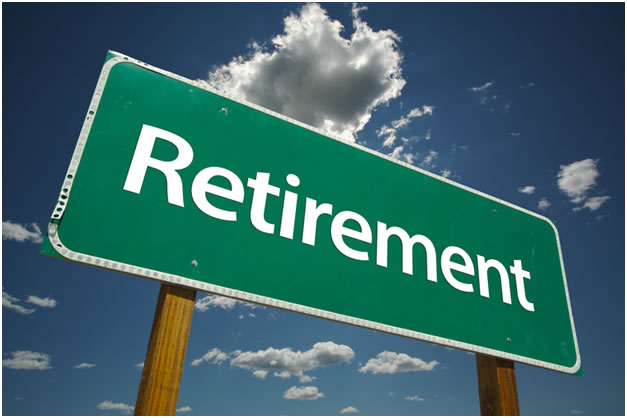Are Your Workers Ready to Retire One Day?
 Only about 14 percent of small businesses with 100 or fewer employees offer any form of retirement benefits to their workers, according to 2012 data from the U.S. Government Accountability Office.
Only about 14 percent of small businesses with 100 or fewer employees offer any form of retirement benefits to their workers, according to 2012 data from the U.S. Government Accountability Office.
If you're a small business owner who's among the vast majority on this issue, you may feel somehow comforted knowing that there's safety in numbers and that your company's policy conforms with those of most of your peers.
Forgetting for a moment any notions of "majority rules," perhaps now would be a good time to give some serious thought to the many benefits that might accrue to you and your company if you added some type of retirement plan to your employee benefits package.
Factors to Consider
Among the many factors you should consider in making such a decision is how you feel about the well-being of your workers.
Ideally, that should rank somewhere near the top of the list. Would you like to know that you're offering them a way to save for their retirement years?
Another key factor is the incentive such a benefit provides in attracting top-notch employees and keeping those you already have.
The U.S. economy is finally beginning to shake off the residual effects of the Great Recession, unemployment figures are dropping, and workers can afford to be a bit choosier about where they're going to work.
Retirement Savings Programs
A retirement saving program -- preferably one to which the employer contributes -- is among the fringe benefits that employees value the most.
And if in the end you decide that it makes sense to offer some type of financial planning retirement for your workers, you should carefully consider which kind of plan best suits your company's budget and needs and also is most appealing to existing and prospective employees.
Today, the pension plans of old have largely given way to employer-sponsored retirement savings plans that encourage employees to set aside a specific percentage of their salary -- before taxes -- to build a nest egg for the future.
Matching Contributions?
Adding to the attractiveness of such retirement savings plans are matching contributions from the employer up to a certain percentage -- 6 percent is usually the maximum -- of the amount being set aside by each employee.
Interestingly, many employees -- particularly younger workers -- don't give a great deal of thought to the importance of saving for the future when they are no longer gainfully employed, so you'll want to help them understand its importance.
Meantime, in an article at NFIB.com, home of the National Federation of Independent Business, writer Katie Truesdale reviews the four main retirement plan options that are available to small business owners. NFIB, headquartered in Nashville, Tenn., is a nonprofit small business advocacy association.
Defined Benefit Plan
First on Truesdale's list is the defined benefit plan, which offers participating employees a fixed benefit upon retirement. The amount contributed to the plan for each employee is usually based on salary history and length of employment.
On the upside for employers, this type of plan allows the company to contribute -- and therefore deduct from taxes -- more than any other retirement plan option.
The biggest drawback to such a plan is the obligation to pay all plan participants the defined benefit upon retirement regardless of how well invested plan contributions perform in the market.
Profit-Sharing Plan
This type of plan allows an employer to create multiple contribution categories. Truesdale offers the following examples: "top-tier for principals, second-level for supervisors, third-level for the rest of the staff - and contributions are made at employer discretion (up to $52,000 annually in 2014)."
Because this type of plan is tied to a business's profitability, employers can modify their contributions to profit-sharing plans based on how well the company is doing in any given year.
401k Retirement Savings Plan
Probably the most popular of all retirement plans currently offered, the 401k plan allows employees to set aside a percentage of their pay before taxes are deducted. In most plans, employers offer some level of matching contributions.
Because most prospective employees are familiar with the workings of a 401k plan, offering one makes it easy for a small business to attract and retain talented employees. Offering matching contributions also earns tax deductions for the business owner.
Solo 401k
The solo 401k offers all the features of a standard 401k but is available only to individuals who are self-employed.
To be eligible to open such a plan, you must report at least some self-employed income on a 1099 form.
Truesdale adds a solo 401k is "ideal for small business owners who don't have employees and who don't have plans to hire."
Don Amerman is a freelance author who writes extensively about a wide array of small business and personal finance topics.

 Delicious
Delicious Digg
Digg StumbleUpon
StumbleUpon Propeller
Propeller Reddit
Reddit Magnoliacom
Magnoliacom Newsvine
Newsvine
Comments
Post new comment